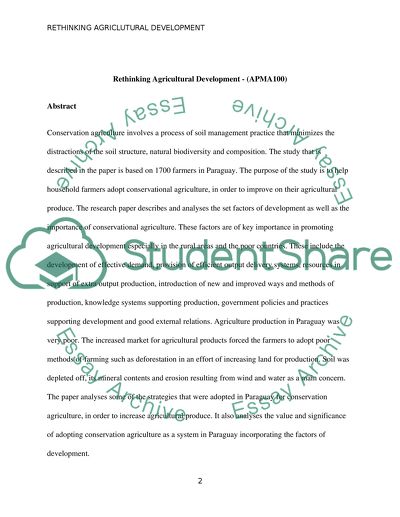Cite this document
(“Conservation Agriculture adoption in Paraguay Essay”, n.d.)
Retrieved de https://studentshare.org/agriculture/1634213-conservation-agriculture-adoption-in-paraguay
Retrieved de https://studentshare.org/agriculture/1634213-conservation-agriculture-adoption-in-paraguay
(Conservation Agriculture Adoption in Paraguay Essay)
https://studentshare.org/agriculture/1634213-conservation-agriculture-adoption-in-paraguay.
https://studentshare.org/agriculture/1634213-conservation-agriculture-adoption-in-paraguay.
“Conservation Agriculture Adoption in Paraguay Essay”, n.d. https://studentshare.org/agriculture/1634213-conservation-agriculture-adoption-in-paraguay.


